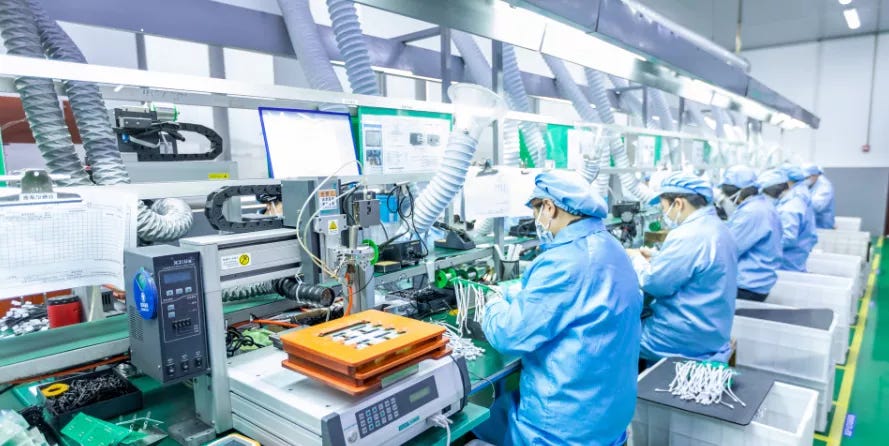How fast can smart adult toys be developed? A few days for the quick ones, up to half a year for the slower ones.
Intelligence has become a new trend in the adult toy industry, with more brands aiming to enhance user experience through features like "remote control via smartphone" and "AI-powered interaction." But the question arises—how long does it actually take to implement these smart features?
The answer: using an existing system can take just days to launch; developing from scratch may require up to six months.

The smart development process consists of three main steps
To achieve intelligent upgrades for adult products, three key stages are typically involved: software system preparation, hardware chip integration, and product manufacturing and launch. Each step determines the final rollout speed.
1. Control system preparation: Days with existing solutions, months for in-house development
The smart control system is the "soul" of the product, determining whether core features like remote connectivity and AI interaction can be realized.
Using existing systems: For example, service providers like "Dongguan Dream Network Technology" have pre-developed control apps, mini-programs, and communication protocols, allowing merchants to integrate quickly and test within days.
Developing in-house: If a company starts from scratch to design software, server-side logic, Bluetooth controls, etc., it typically takes 3–6 months of R&D to meet stable launch standards.
2. Chip and communication protocol integration: Pre-integrated solutions are more efficient
To enable remote interaction, products must incorporate smart chips and seamlessly connect with the control system.
Adopting mature solutions: Some providers pre-install communication protocols and control logic into the main chip, requiring only minor adjustments for full functionality.
Custom chip protocol design: From chip selection to protocol design and testing, this process usually takes 3–6 months and demands high technical expertise.
3. Prototyping, production, and launch: Timeframes are manageable
After integrating hardware and software, the product must undergo prototyping, manufacturing, and packaging before entering the market.
Standardized processes: Steps like chip embedding and shell assembly can be completed quickly by factories, with initial batches ready in about a week.
Accounting for prototyping and scheduling: If multiple testing rounds or peak production periods are involved, allocating 2–4 weeks is advisable.
Conclusion: Choosing the right approach makes a huge difference in time costs
| Development Path | Software Prep | Chip Integration | Production | Total Timeline |
|---|---|---|---|---|
| Existing Solutions | Days | Days | 1–2 Weeks | Fastest: 2 weeks |
| Full In-House | 3–6 Months | 3–6 Months | 2–4 Weeks | Longest: 6 months |

Clearly, whether you choose a mature solution like "Dongguan Dream Network Technology" significantly impacts product rollout speed. For resource-limited startups looking to test the market quickly, integrated solutions offer clear efficiency advantages.
